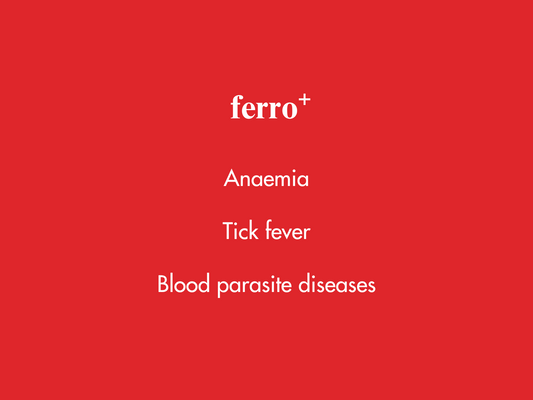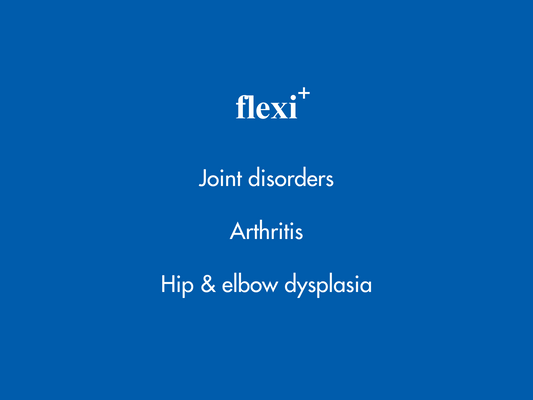Neutering is the sterilization or desexing procedure in which the testicles of a male dog are surgically removed. Spaying is a similar procedure for female dogs where the ovaries and uterus are removed.
The decision to spay (for females) or neuter (for males) your dog is an important one and should be based on your dog's individual condition, breed, age and also your personal preferences. Here are a few things to consider to help you make an informed decision:

Advantages of Spaying (Females):
1. Prevents Unwanted Pregnancies: Spaying eliminates the risk of accidental pregnancies, which can lead to unwanted puppies that are often abandoned.
2. Eliminates Heat Cycles: Spaying prevents the female dog from coming into season (heat), which can be messy and attract unwanted male dogs. It is a tiresome experience for pet parents, especially in multi-dog households!
3. Reduces the Risk of Certain Health Issues: Spaying can lower the risk of uterine infections (pyometra) and mammary gland tumours and pseudo pregnancy.

Advantages of Neutering (Males):
1. Reduces Aggression and Roaming: Neutering can reduce aggressive behaviour and decrease the tendency to roam in search of females in heat. Also helps to maintain sanity of pet parents in multi-dog households, especially if there is female in season.
2. Prevents Testicular Cancer: Neutering removes the risk of testicular cancer.
3. May Prevent Prostate Issues: While not an absolute certainty, neutering can reduce the risk of some prostate issues.

Factors to consider:
1. Timing: The timing of the procedure is important. It's generally recommended to spay or neuter before the first heat cycle (around 6 months of age) to maximize the health benefits. Recent studies have shown that early sterilisation can increase chances of joint disorders, cancer, urinary incontinence, under-development of genitalia and weight gain. Hypothyroidism, negative effect on skin and coat and hip dysplasia are some of the other cons of sterilisation. However, discuss the timing with your veterinarian, to understand the best timing for your pup.
2. Breed and Size: Some large and giant breeds may benefit from waiting until they are older to spay or neuter to allow for proper skeletal development. Smaller breeds often mature earlier.
3. Behavioural Effects: While spaying and neutering can have positive behavioural effects, it's not a fail-safe solution to all behavioural issues. Your dog may need other training and management also.
4. Health Risks of Anaesthesia & Surgery: All surgeries carry some risks, and it's very important to discuss these with your veterinarian. The risk is generally low, but it's necessary to be aware.
5. Preventing Overpopulation: If you don't intend to breed your dog responsibly and don't want to contribute to pet overpopulation, spaying or neutering is a responsible choice.
6. Breeding: If you have a purebred dog of good lineage and intend to responsibly breed, consult with a veterinarian understand breeding practices and health considerations. Before you decide to breed make sure you are aware of the cost and effort that goes into looking after the puppies. It is your responsibility to ensure that the puppies are placed into loving homes where they will be cared for and looked after properly.
Ultimately, the decision to spay or neuter your dog should be made in consultation with your veterinarian. They can provide guidance based on your dog's breed, age, health, and individual needs. Responsible pet parenting includes taking into account the long-term well-being of your dog.

 Proud to have impacted over 1 Million Happy Pet Parents since 2013.
Proud to have impacted over 1 Million Happy Pet Parents since 2013. 











